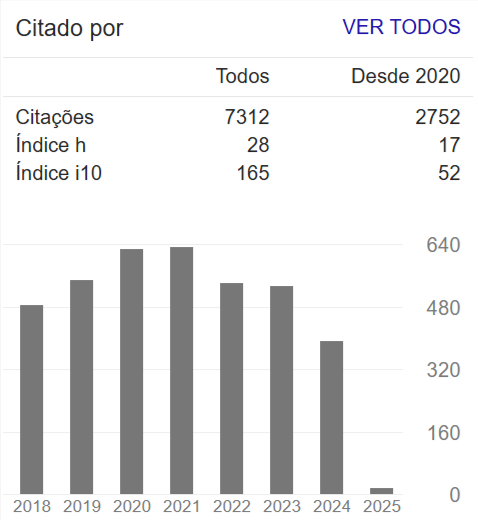Electrical Resistance Heating: Rapid Treatment for Soil and Groundwater Remediation
Resumo
Electrical resistance heating (ERH) is an in situ thermal treatment for soil and groundwater remediation that can reduce the time to clean up volatile organic compounds (VOCs) from years to months. The technology is now mature enough to provide site owners with both performance and financial certainty in their site-closure process. The ability of the technology to remediate soil and groundwater impacted by chlorinated solvents and petroleum hydrocarbons regardless of lithology proves to be beneficial over conventional in situ technologies that are dependent on advective flow. These conventional technologies include: soil vapor recovery, air sparging, and pump and treat, or the delivery of fluids to the subsurface such as chemical oxidization and bioremediation. The technology is very tolerant of subsurface heterogeneities and actually performs as
well in low-permeability silts and clay as in higher-permeability sands and gravels. ERH is often implemented around and under buildings and public access areas without upsetting normal business operations. ERH may also be combined with other treatment technologies to optimize and enhance their performance. This article describes the technology development, the process, and provides two case studies where ERH was used to remediate complex lithologies.

















